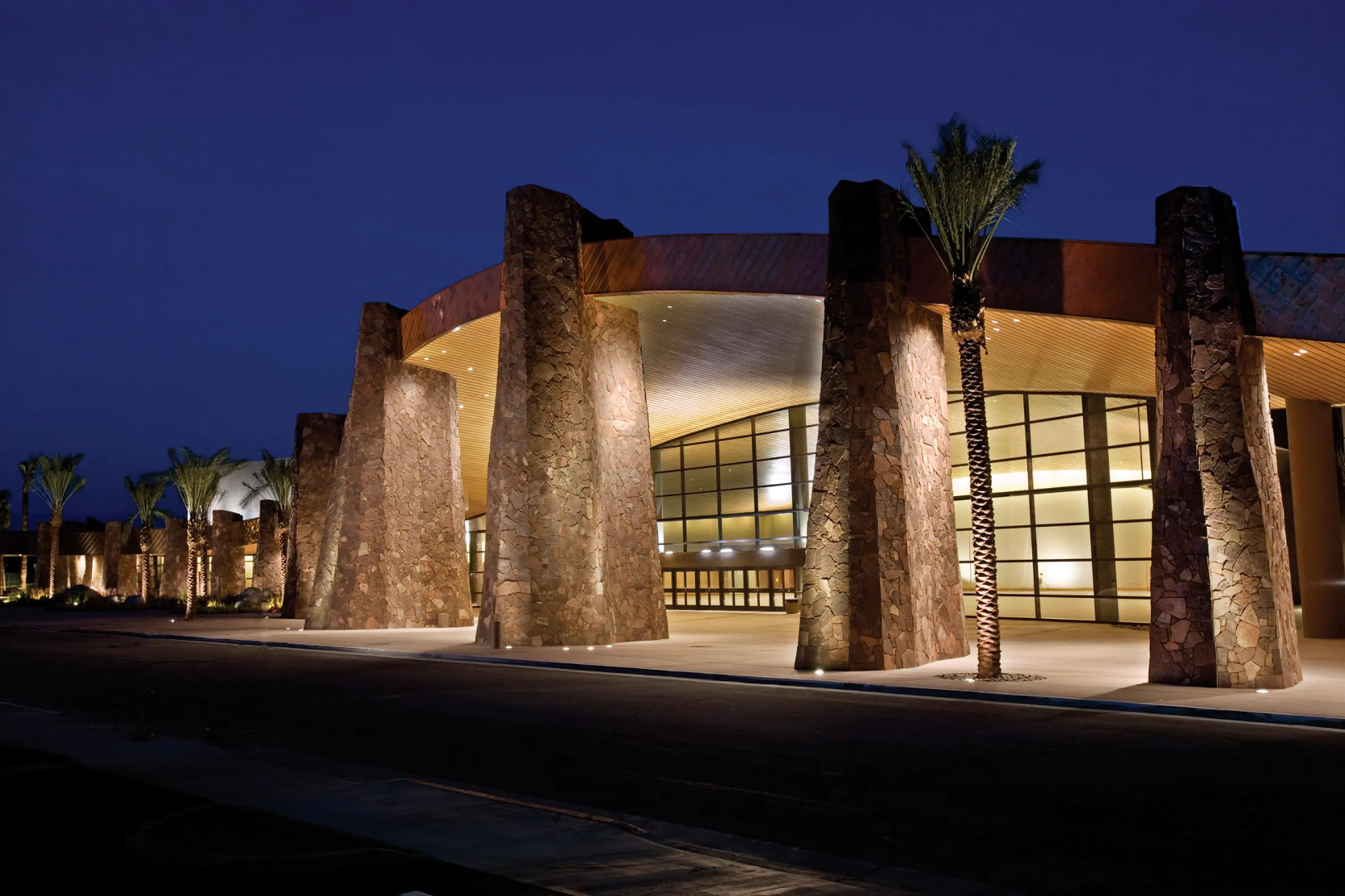A number of ITS America members have signed up to display vehicle-to-vehicle and vehicle-to-infrastructure communication systems and related applications at the Vehicle Infrastructure Integration Technology Showcase being held at the ITS America Annual Meeting in Palm Springs, California, 4-6 June 2007.
March 14, 2012
Read time: 3 mins

A number of ITS America members have signed up to display vehicle-to-vehicle and vehicle-to-infrastructure communication systems and related applications at the Vehicle Infrastructure Integration Technology Showcase being held at the ITS America Annual Meeting in Palm Springs, California, 4-6 June 2007.
The showcase, being staged in the Prairie Schooner parking lot just outside the Palm Springs Convention Centre, will include a range of demonstrations. For example, the VII California testbed demonstration is a dynamic, large-scale collaborative public-private partnership highlighting VII development, research and applications. This demonstration - including partners fromThe demonstration will include CICAS-V and privately developed cooperative signal violation information at two intersections, one directly connected to the controller and another 'sniffed' on a legacy controller, traveller information with probes on freeways as well as arterials (on a real 511 system) and in-vehicle signage. These will be 'snapshots' of what is happening in VII California, underscoring realworld accomplishments.
Intelligent intersections
A finalist in last year's Best of ITS Awards, the Intelligent Intersection demonstrations, fromThe California Department of Transportation Technology Showcase will occupy the southern half of the Prairie Schooner parking lot, featuring a moving truck as it demonstrates various systems, including onboard monitoring, portable weigh in motion in collaboration with
Meanwhile,
OMJC Signal, a manufacturer of portable trailers for the ITS and traffic industry, will use its signals in conjunction with the Econolite/Technocom demonstrations and the Caltrans commercial vehicle demonstration, while Mark IV will demonstrate its 5.9GHz hardware platform that enables most VII applications.










